Understanding hard hat expiration dates and interpreting them is vital for maintaining workplace safety. These sturdy protective gear are critical in shielding workers from potential head injuries in industrial, construction, and other high-risk environments. But it’s important to remember that hard hats, like all personal protective equipment, aren’t designed to last forever.
In this blog post, we’ll unravel the complexities of hard hat expiration and guide you on how to decipher the expiry date on your hard hat. This information is crucial in ensuring your hard hat continues to provide the protection you need. So, let’s delve straight into it, empowering you with the essential knowledge to keep your hard hat as effective as it was designed to be!
What Does OSHA Say About Hard Hat Expiration
OSHA, or the Occupational Safety and Health Administration, necessitates that all hard hats adhere to the ANSI/ISEA Z89.1 standard related to Industrial Head Protection. However, OSHA doesn’t mention a particular expiration date for hard hats. Yet, they do fall under the provisions of OSHA’s General Duty Clause. This rule mandates that employers must provide and enforce the use of functional, efficient PPE, such as hard hats. If a piece of PPE is found to be defective or damaged, for instance, a hard hat that has been subject to wear and tear for several years, it is the employer’s responsibility to replace it.
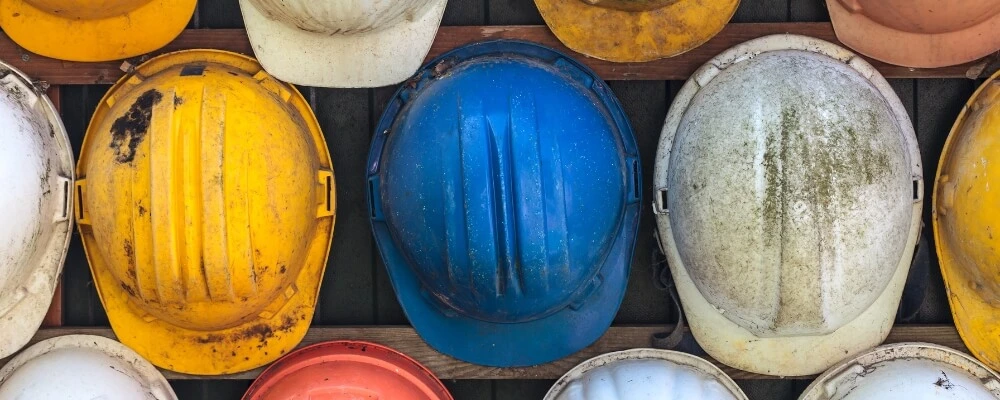
Hard Hat Expiration: Understanding Standards and Regulations
The American National Standards Institute/International Safety Equipment Association (ANSI/ISEA) Z89.1 and Canadian Standards Association (CSA) Z94.1, which regulate the testing standards for hard hats and safety helmets in the U.S. and Canada, do not specifically state any expiration date for hard hats. What these standards emphasize instead is the importance of inspecting hard hats for any signs of damage before and after each use and replacing them immediately if any damage is detected.
These standards also enforce strict adherence to the manufacturer’s guidelines, warnings, precautions, limitations, and cleaning instructions. ANSI Z89.1 requires that each hard hat carry a permanent marking, which must include details such as the manufacturer’s name, date of manufacture, ANSI/ISEA Z89.1 designation, type and class of the hard hat with relevant criteria markings, approximate head size range, and markings indicating optional performance features such as reverse donning (symbol), lower temperature (LT), higher temperature (HT) and high visibility (HV).
According to both ANSI Z89.1 and CSA Z94.1, inspecting hard hats for any potential damage before and after each use is crucial. The hard hat must be replaced immediately if there are any indications of significant damage.
EN 397, the European Standard for hard hats and safety helmets, also does not specify an expiration date for hard hats. However, this standard differs from the American and Canadian ones by mandating an artificial aging test for certification. This test involves using a xenon arc lamp to expose the helmet to radiation, simulating the effect of sunlight over time. This ensures that the helmet would still provide sufficient protection when exposed to sunlight over a prolonged period.
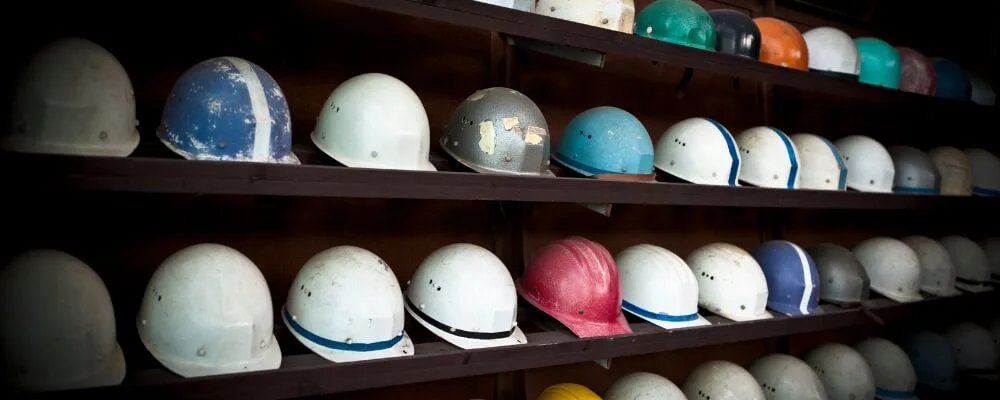
When Do Hard Hats Expire?
If there’s one crucial point to understand about hard hat usage, it’s this: if your hard hat has suffered any significant impact or penetration, it must be replaced immediately. There are no exceptions to this rule.
Given the ambiguity around hard hat expiration in the standards mentioned above, the optimal and safest approach for hard hat replacement is to consistently follow the specific replacement guidelines provided by the manufacturer. Under the ANSI Z89.1 standard, manufacturers must provide guidance on proper maintenance and the expected service life of the hard hats. Although the standard does not mandate them to set a specific service life in terms of years, most manufacturers do.
A widely accepted guideline suggests that hard hat shells need to be replaced after a maximum of two years of regular use or five years from the manufacture date, whichever comes first. Additionally, understanding the significance of hard hat colors can enhance safety and communication on-site by helping to identify different roles and safety levels.
How to Read a Safety Helmet Expiry Date – Step By Step
Safety helmets are crucial personal protective equipment designed to shield workers from potential head injuries in various hazardous environments. These helmets don’t come with an explicit expiration date imprinted on them. However, they do feature a date of manufacture symbol that can be utilized to determine their maximum lifespan. It’s crucial to understand that while knowing the expiration date is important, regularly inspecting your helmet for any signs of wear and tear or damage and replacing it when necessary is even more essential.
Step 1: Interpreting the Date of Manufacture Symbol
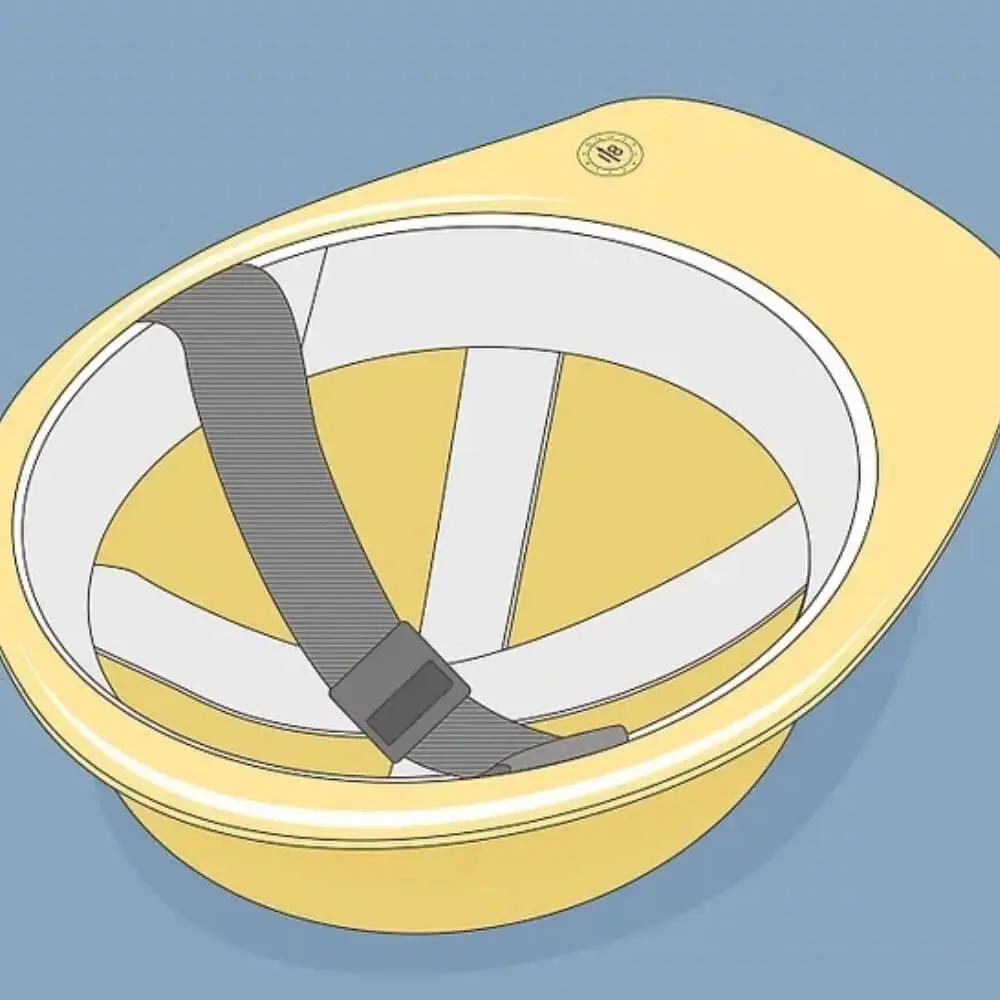
Begin by checking the interior of your safety helmet for a symbol resembling a clock. Similar to an analog clock face, this small circular symbol displays numbers 1 through 12 arranged in order around the edge. Instead of having an hour hand and a minute hand like a conventional clock, this symbol features a single arrow pointing toward one of the numbers on the perimeter. Note that this isn’t a sticker but a raised stamp molded from the helmet’s plastic material. Such a date of manufacture symbol is common in many molded plastic products, including safety helmets.
Step 2: Understanding the Month of Manufacture
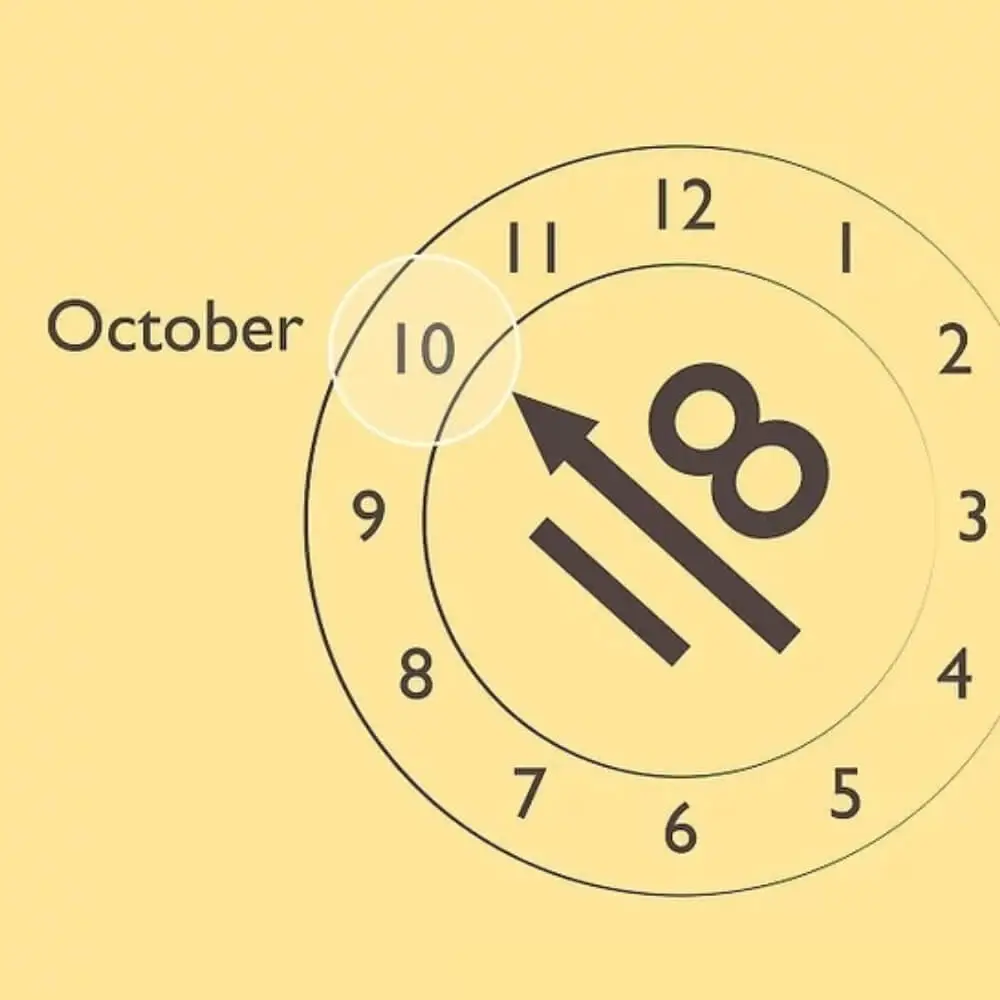
The numbers around the edge of the symbol represent the months of the year, with January being 1, February as 2, and so on until December as 12. The direction the arrow in the symbol is pointing towards corresponds to the month of manufacture. For instance, if the arrow points toward 5, the helmet was produced in May, and if it’s pointing at 10, the helmet was made in October.
Step 3: Identifying the Year of Manufacture
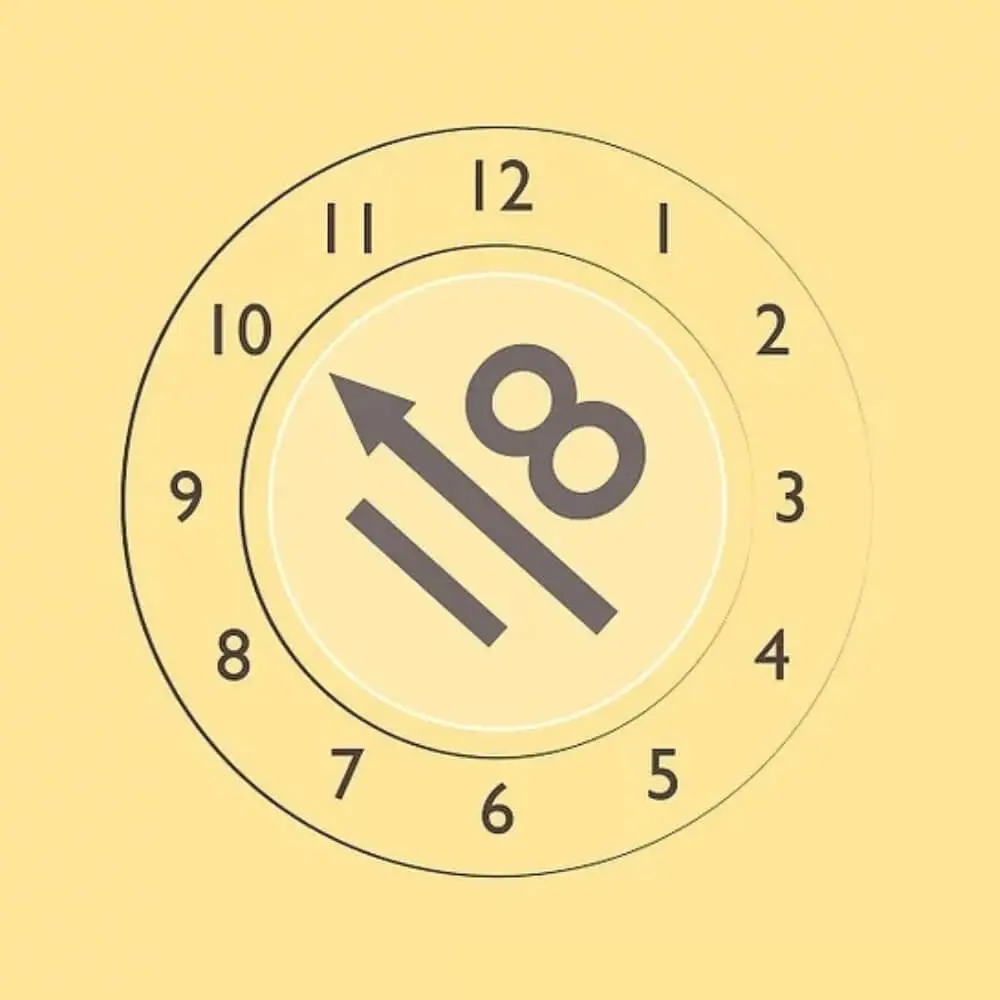
The middle of the clock face symbol, adjacent to the arrow, displays a two-digit number ranging from 00 to 99. This two-digit number signifies the last two digits of the year of manufacture. For example, if the number is 18, the helmet was produced in 2018. So, if the arrow is pointing at 10 (indicating October), and there’s an 18 in the center, the helmet was manufactured in October 2018.
Step 4: Interpreting Alternate Symbols
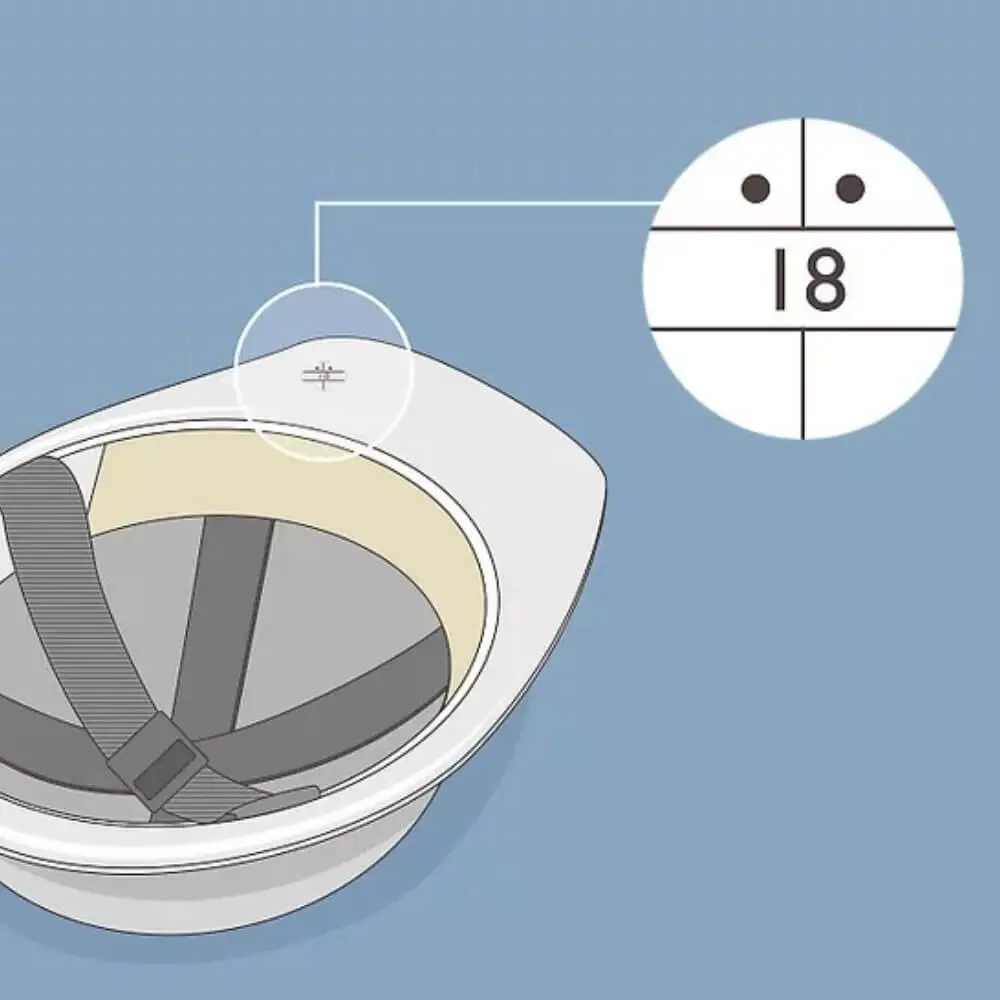
Depending on local regulations or the preferences of individual manufacturers, some safety helmets may feature an alternate date of manufacture symbol. While the clock face symbol is the most prevalent, you might come across, for example, a square divided into four smaller squares with a two-digit number at its center. Here, the number denotes the year of manufacture, and the quadrant squares each represent a three-month period.
The top-left quadrant signifies January to March; the top-right, April to June; the bottom-right, July to September; and the bottom-left, October to December. To determine the exact quarter of production, look for a raised dot at the center of one of the quadrants. If there is a dot in only the top left quadrant, the helmet was manufactured between January and March. If there are dots in both the top quadrants, the helmet was produced between April and June, and so on.
By carefully decoding these symbols, you can effectively determine the manufacture date of your safety helmet and, consequently, its probable expiration date. It’s a valuable skill that can enhance safety measures and ensure your personal protective equipment remains effective and reliable.
Some Tips On How To Extend The Life Of Your Hard Hat
While it’s expected that a hard hat will endure wear and tear during its service on a work site, there are several steps you can take to help prolong its lifespan. Here are some practices to keep your hard hat in the best condition possible:
- Avoid altering, puncturing, modifying, or engraving the hard hat’s shell or internal suspension. Any modifications can weaken the hard hat’s structure and lessen its protective capabilities.
- Refrain from applying paints, solvents, chemicals, adhesives, or gasoline to the hard hat. These substances could react with the materials of the hard hat, potentially compromising its structural integrity.
- Do not place objects between the hard hat’s suspension and its shell. Storing items in this manner can affect the fit and performance of the hard hat, reducing its effectiveness.
- Always use mild soap and water when cleaning hard hats and their suspensions. Avoid harsh solvents and chemicals typically found in cleaners, as these can degrade the hard hat’s shell.
- Store your hard hat in a cool, shaded location away from direct sunlight whenever possible. Prolonged exposure to sunlight can weaken the hard hat’s material over time. This is where gear bags with dedicated compartments for hard hat storage can prove beneficial.
Conclusion
In conclusion, understanding hard hat expiration and knowing how to interpret the expiry date on your hard hat is crucial to maintaining optimal workplace safety. As discussed, hard hats are a cornerstone of personal protective equipment that safeguards workers from potential head injuries in hazardous work environments. However, like all protective gear, their efficacy diminishes over time and with regular use.
While standards like ANSI/ISEA Z89.1 and CSA Z94.1 don’t explicitly dictate a hard hat’s lifespan, they necessitate regular inspection and adherence to the manufacturer’s instructions. It’s generally advised that hard hat shells be replaced after two years of regular use or five years from the manufacture date, whichever comes first, and the suspensions be replaced annually.
Remember, decoding the date of manufacture stamped inside your hard hat and following the manufacturer’s maintenance and replacement guidelines will ensure that it continues to provide the protection it was designed for. Don’t compromise on your safety – if your hard hat shows signs of significant damage or has passed its recommended lifespan, it’s time for a replacement.
Your safety is paramount, and understanding when to replace your hard hat is critical to maintaining a safe and productive work environment. Stay safe, and keep your hard hat up to date!

